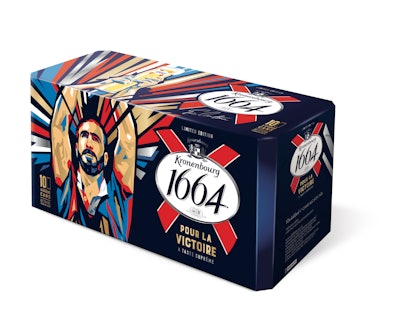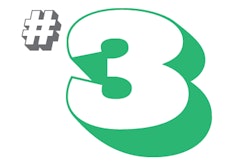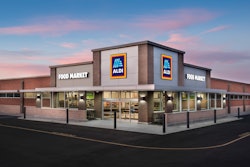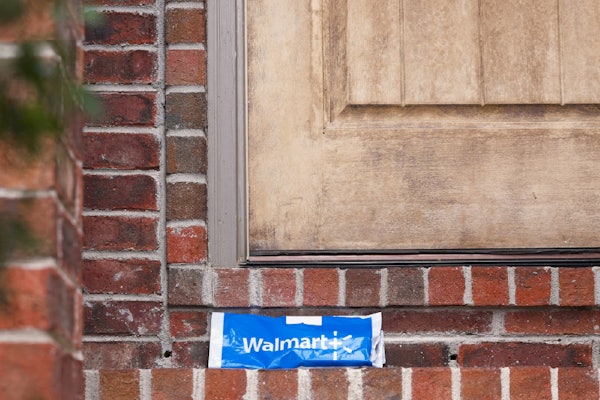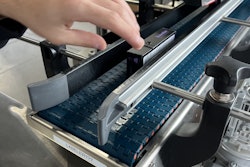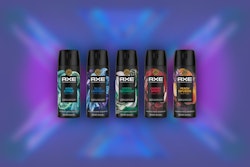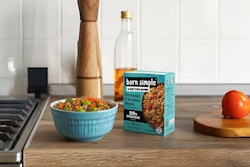After years of everything millennial taking center stage, the focus is shifting to a new generation: Gen Z. Made up of those born between 1996 and 2010, this generation will comprise 33% of the world’s population by 2020. While much has been said about the millennial spirit, “millennialism” isn’t just about millennials. It is a mindset that drives the expectations of Baby Boomers, Gen X, and millennials alike and even stretches to Gen Z. Age isn’t that relevant. Indeed we see enduring trends such as exploration and rediscovery, digital empowerment, convenience, mindfulness, and the desire to live well fueling the consumption of brands that appeal across a broad age spectrum. The question is, what sets Gen Z apart?
The following article explores what attitudes and expectations differentiate Gen Z and what premium means to them in our post-recession, post political-correctness era, along with strategies to engage this younger audience.
Braver more real brands
While millennials were born at a time when political correctness and “helicopter parenting” were very much de rigueur, by the time Gen Z hit the playground, a tougher, less cocooned, and secure post-recession reality had emerged. Pushed more by their parents, members of Gen Z are more resilient and self-relient. With technology at their fingertips, they don’t expect to be fed solutions, instead they expect to find them. Consequently, they are a lot more entrepreneurial, and when it comes to brands, they are much tougher critics.
For them, realness and imperfection are the new premium, as curated authenticity has become synonymous with airbrushed fakery. Those brands that have emerged in the past 18 months in fast-growing segments such as the flexitarian category have mostly been designed to appeal to the Gen Z spirit, and all have one thing in common: They cut through the fakery and blandness with their fiercly differentiated brand designs, often humourous tones of voice, and “out there” identities and campaigns. They stand for strongly differentiated values—they take a stance. Gen Z’s technological fluency and independence make them both fearless and mindful. They believe in taking a stance and expect brands to do the same.
One brand that cuts through the noise, fake stories, and distrust is Ugly Drinks with its line of sparkling water. Ugly delivers a single-minded and real brand story—their tagline is “get real, get ugly.” They like to think of themselves as the anti-soda soda. They are not about unobtainable or ridiculous lifestyles. Rather, having products with no sugar or artificial ingredients, they pride themselves as being beautiful “just the way they are.” No discrimination. Just “ugly realness.” Exactly what Gen Z are after!
Brands as a means of self expression
Gen Z love an ethical cause, and while they expect a form of corporate social responsibility from every brand, they are also the first generation to truly embrace racial and gender diversity. Their ethical stand is a form of self-expression, and brands that facilitate self-expression will grab their attention and command a premium.
Gen Z are also experimental and creative and are the ultimate curators. They enjoy co-creation, and this is why they love a “mash-up”—a clash and collision of cultures, tastes, and experiences that brings a bit of magic to the ordinary. Many premium and luxury fashion brands are teaming up with rap and street artists to produce the ultimate premium, the “oh-so-anticipated” product drop/limited editions that Gen Z will have to earn the right to purchase. The goods succeed on many levels because they appear to be like nothing else before, and they are only available to a limited audience for a limited time.
One of the latest London-based fashion collaborations saw Addidas and Tranport for London celebrating 15 years of the London transport pass, the Oyster Card, by releasing 500 of four new limited-edition athletic shoes inpired the London Underground. The launch caused long, snaking lines in the streets surrounding the Addidas Original stores in freezing temperatures. The collaboration was inpired by the past, present, and future, creating four stories curated and told by The Original.
Another example of a successful collaboration is the Kronenbourg 1664 Cantona Ltd Edition campaigns, now in their 4th Edition, which use renowned French soccer player Eric Cantona as a brand ambassador. Cantona is known for his big personality and mannerisms when playing. He is the epitome of French, which beer brand Kronenbourg wanted to tap into and use to recruit new consumers. His opinions and manner divide and create a lot of attention, which mirrors Kronenbourg’s unrelenting desire for quality and taste. The brand’s connection with Cantona provides a personal and indeed human hook onto which Gen Z can hang their hats. BrandMe was responsible for creating this packaging.
For Gen Z, showing or sharing their “moment” can be more gratifying than the experience itself, and with more than 70 million pictures uploaded daily on Instagram, the question for any brand owner is, how instagramable is your brand? Being bombarded by news 24/7, Gen Z have not only become desensitized to the bland mainstream, they have learned to communicate and decode the world in visuals, with very few words. They have learned to use visual shortcuts, simplify, and edit. So it takes a different kind of strategy to cut through the cacophony of their on- and offline experiences.
Packaging is the new billboard
Gen Z have a very short attention span, but they are resourceful and inquisitive. Although their time is precious, they like to unearth brand stories and converse with their brands, which they view as friends and allies. They are more knowledgeable about brands. They generally do not take advertising as gospel and have a tendency to block it.
Central to the brand stories they feed off and much more constant in their lives is the brand’s packaging, which offers a more permanent billboard and visual shortcuts to the brand stories. U.K. food and beverage brand Rude Health is such a brand. Decorating its packaging with an illustration of luscious lips and iconic graphics, Rude Health instantly transports you to the heart of their brand. Remove the name, and you still know the brand. Each and every on-pack visual provides a shortcut that can live in isolation and be brought to life independantly on- or offline.
The point is, these shortcuts are instantly recognizable without the need to even read the brand name. Ugly functions similarly: It cuts through the noise. Its story begins on-pack and lives on through all communications, offering consistency without being dull, repetitive, or homogenous.
Be bold
Gen Z’s mindset is a natural build on millennialism, with some important differences and subtle nuances. Remember, for Gen Z, the ultimate sin is to be bland and have no opinion. To be bland is to have no spirit, and Gen Z has it in spades. So if you want to grab the elusive Gen Z, be brave, be bold with visual shortcuts, and be consistent. Have a story, live your story, and use your packaging to tell it succintly.
Chantal Bordet is Brand Development Director for BrandMe UK.
